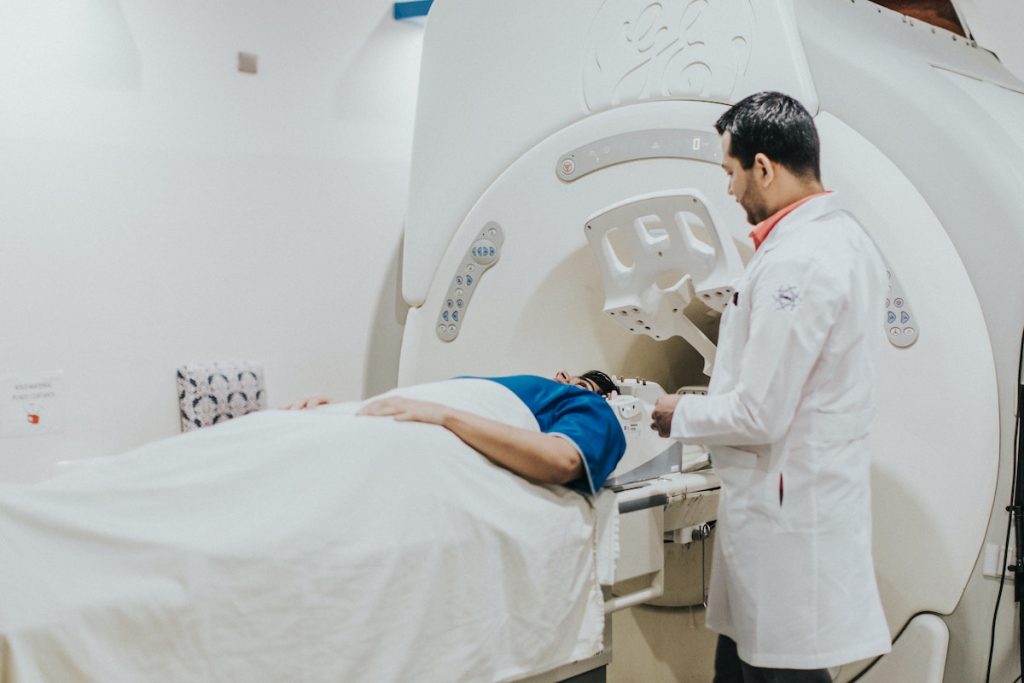- Technology has dramatically transformed healthcare, making it more effective, efficient, and accessible.
- Electronic Health Records, telemedicine, and remote monitoring have improved patient care and data management.
- AI, ML, and digital printing techniques have facilitated personalized treatment and enhanced diagnostic accuracy.
- IoT devices monitor patient health remotely, detecting health issues early and delivering efficient treatment.
- Healthcare companies must embrace technology to provide better care and stay up-to-date with the rapidly evolving industry.
The healthcare industry has seen a massive transformation in the past few years, and the credit goes to technological advancements. The way technology has revolutionized the healthcare sector is unparalleled.
It has brought innumerable possibilities to make healthcare more effective, efficient, and accessible than ever before. Healthcare companies must understand the importance of seamless technology integration in their operations to provide better care to patients. This blog will discuss how technology has revolutionized the healthcare sector and the importance of seamless integration of technology in healthcare companies.

Electronic Health Records (EHRs)
The introduction of Electronic Health Records came as a significant breakthrough in the healthcare industry. EHRs have moved the healthcare industry from traditional paper records to a digital platform. It has made medical record-keeping more efficient, secure, and accessible.
Patient Data
Healthcare companies can easily access patient data, medical history, and other critical information in real time, significantly reducing the time spent on record keeping and increasing patient care quality. Having the patient’s data available immediately allows physicians to make more informed decisions and provide improved care.
Telemedicine
Telemedicine is another significant technological advancement in the healthcare industry that has revolutionized how patients receive care. Telemedicine has enabled patients to receive medical services remotely, improving access to care for people living in remote areas. With telemedicine, healthcare companies can now diagnose and treat patients remotely, reducing the need for in-person visits and patient transportation costs.
Reduce Exposure Risk
It has also reduced the risk of infection exposure for patients and healthcare professionals. Additionally, telemedicine has improved access to medical services in cases where an appointment with a specialist is required but not available.
Remote Monitoring Tech
Another way that technology has revolutionized the healthcare sector is through remote monitoring tech. This technology allows physicians to monitor and track a patient’s health remotely. Physiotherapists can easily observe patients and provide appropriate feedback during physical therapy sessions without being in the same room.
Artificial Intelligence (AI) and Machine Learning (ML)
Artificial Intelligence and Machine Learning have made it possible to provide personalized care to patients. With AI and ML, healthcare companies can analyze patient data to identify patterns, predict outcomes, and personalize care. AI uses algorithms to diagnose diseases, significantly reducing the need for invasive diagnostic procedures and making healthcare more convenient and less expensive.
Accurate Diagnosis
AI and ML are also helping healthcare professionals to more accurately diagnose diseases, make better decisions, and provide faster treatment. Additionally, AI can automate tasks such as scheduling appointments or collecting patient information from medical records, reducing human error and increasing efficiency. By leveraging the power of AI and ML, healthcare organizations can deliver better quality care at a lower cost.
Digital Printing in Oral Health
Oral health is essential to overall physical wellness, and technological advances have made it easier to provide more efficient patient care. Digital printing has allowed dentists to create customized dental appliances and tools more accurately.
Treatment Plans
Dentists can design individualized treatment plans tailored to patients’ needs by integrating 3D printing in dentistry. For example, a dentist can design an individualized crown or bridge to replace missing teeth. The technology allows dental technicians to create a replica of the patient’s mouth and use it as a template for creating the custom prosthetic. This will enable them to make more accurate pieces that fit snugly in place and provide comfortable wearability.

Internet of Things (IoT)
The Internet of Things has made it possible to monitor patient health remotely. IoT devices monitor vital signs like heart rate, temperature, blood pressure, and even sleep patterns. This is particularly useful for patients with chronic illnesses or conditions like heart disease or diabetes. IoT devices have made it possible to detect health issues early, which has improved patient outcomes and reduced healthcare costs.
Better Treatment
At the same time, IoT has made it possible for healthcare providers to deliver better and more efficient treatment. Using sensors, medical professionals can detect changes in a patient’s condition quickly and accurately. This allows them to adjust treatments accordingly to reduce health risks or improve recovery times.
The seamless integration of technology in healthcare companies is imperative to provide better care to patients. Technological advances can help healthcare companies to develop more efficient, effective, and accessible healthcare systems. Technological advancements have revolutionized healthcare delivery, making it more patient-centered, convenient, and less expensive. Therefore, healthcare companies must embrace technology to keep up with the rapidly evolving healthcare industry and to provide better healthcare to their patients.

